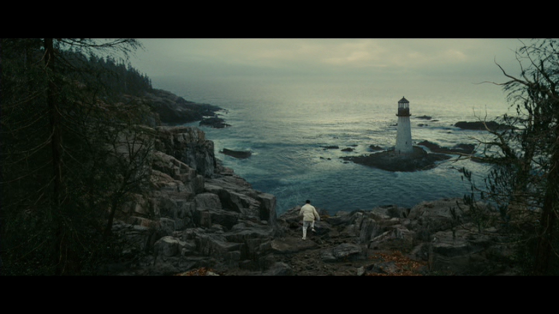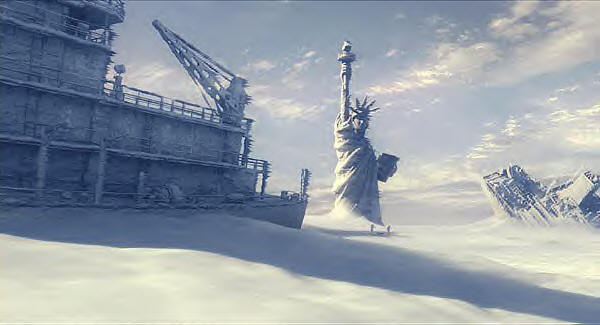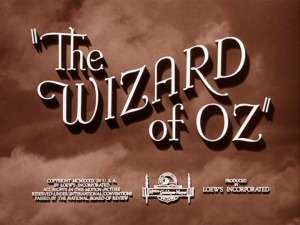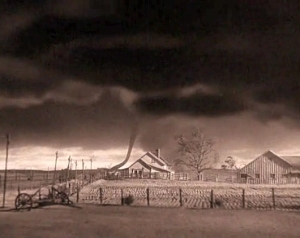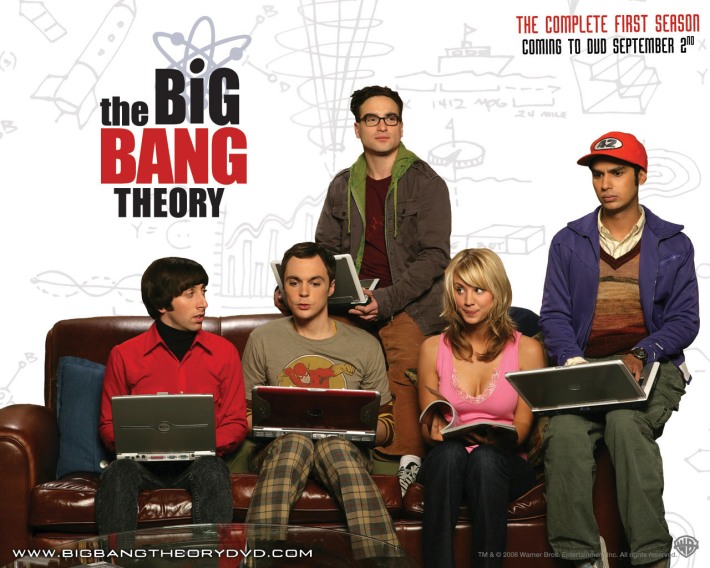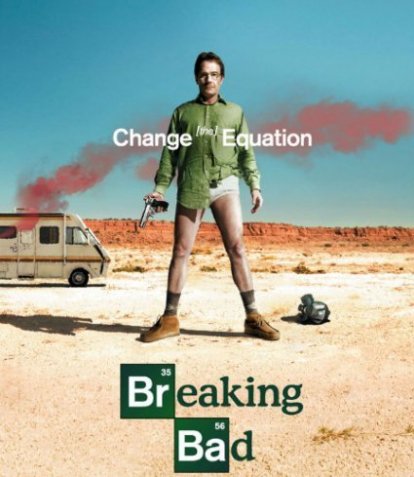The Yellowstone National Park is a tourist attraction and beautiful feature of the United States. Were it to come to become an eruptive site as it once was in the past, it would compromise the hundreds of lives of its visitors and those who live in proximity to it. To address such a hypothetical situation, the Critical Thought Symposium group put together a theoretical response, on the part of the federal government, scientists who supply them with information, and various roles involved in the nation. We had heard about this interactive presentation as a great opportunity for the top students in the upper classes. To see it in action made all the difference in interpreting our perceptions of it. The Symposium was formal, but not too formal; there was a pleasant casualness within the presenters, as they were friends and peers as well as role players, and they kept things relatively interesting for themselves and the audience. The countering aspect was a slight hostility between the governmental roles and the scientist board. Whether feigned or actual, it was fairly open to see the dissent between the conflicting sides, where the governmental officials did not feel that the scientists were being of any help, and the scientists were not being understood by the officials. The one side thought the other was failing to provide substantial, decisive information, and they were depending on them to do so. The others were working to communicate their information without pushing the tide in one way or the other while still unsure of the accuracy of their postulations. This sort of contention is, however, likely a practical presentation of the reality of how a discourse like this would have worked, and it was interesting to see this demonstration of the events.
May 2024 M T W T F S S 1 2 3 4 5 6 7 8 9 10 11 12 13 14 15 16 17 18 19 20 21 22 23 24 25 26 27 28 29 30 31 -
Recent Posts
Archives
Categories
Meta
















